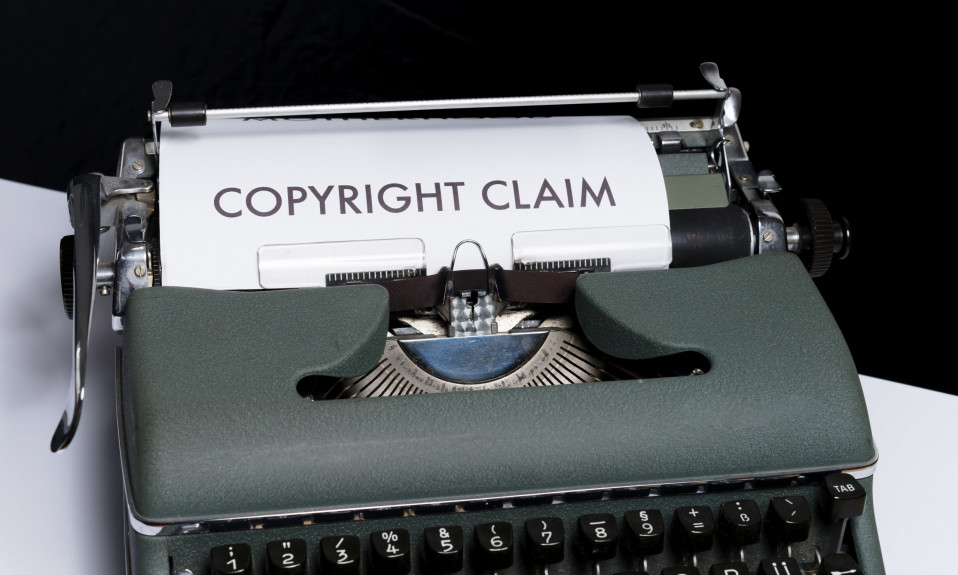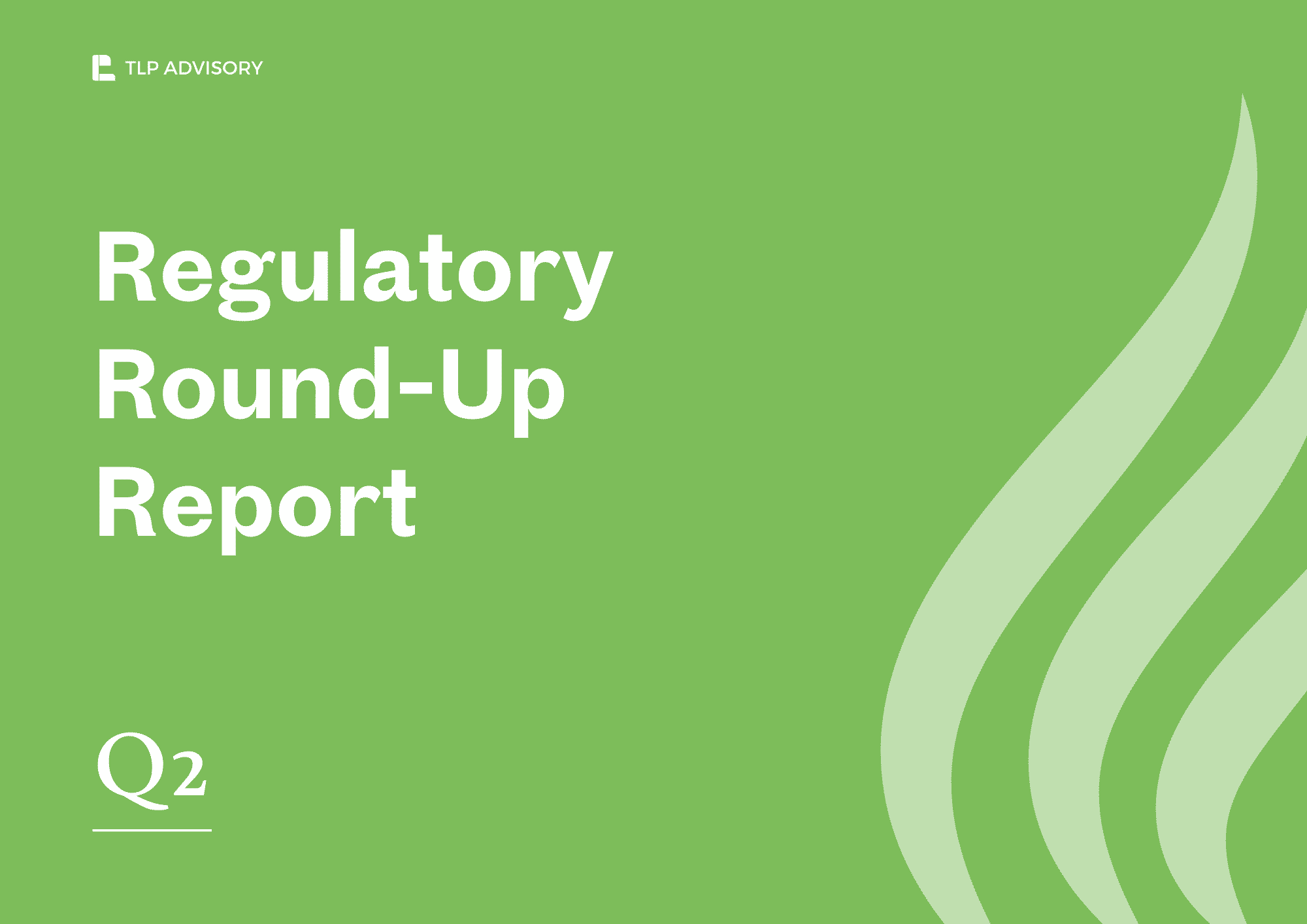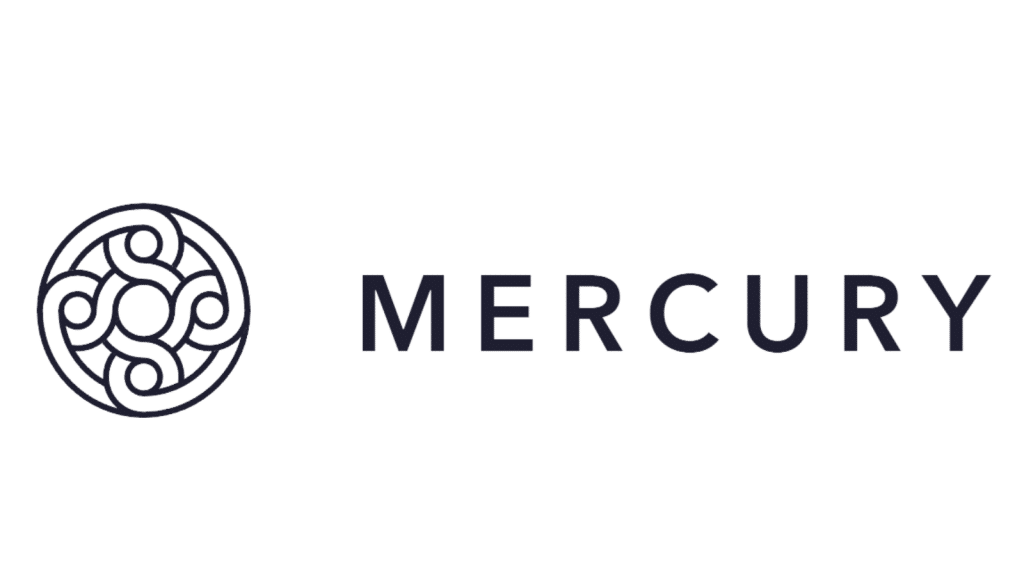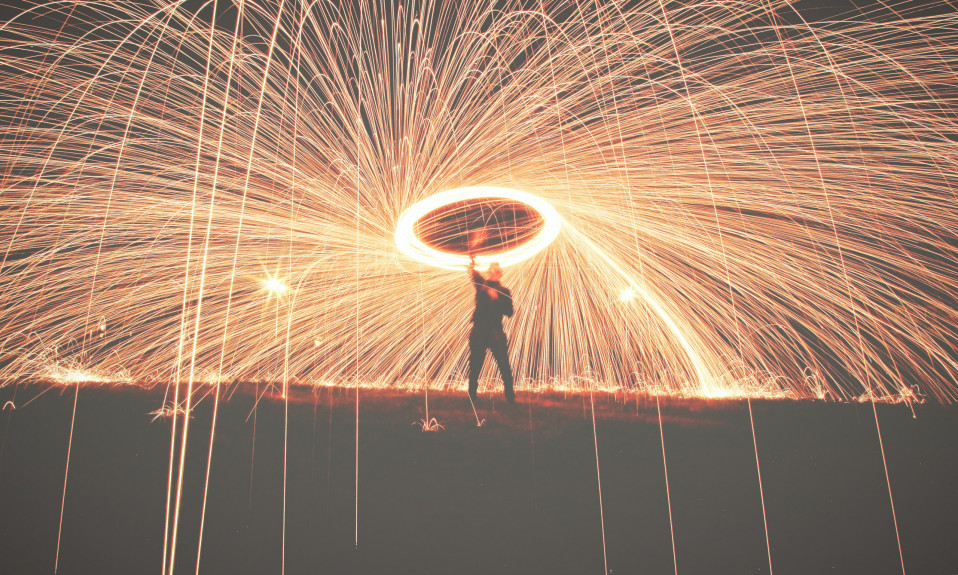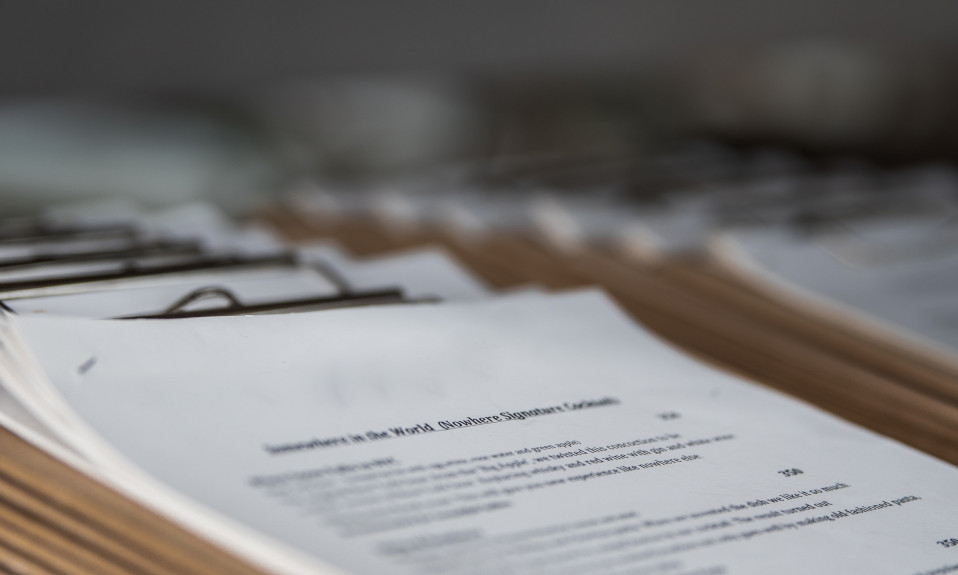
Learn how to protect your creative works with our comprehensive guide to intellectual property protection for content creators, covering copyright, trademark, and monetization strategies.
Understanding Intellectual Property
Intellectual Property (IP) simply means an invention of one’s mind. This includes stories, music, art, designs, logos, images, and more. Essentially, if you can imagine it and create it, it can become your IP. However, simply having a brilliant idea isn’t enough to secure IP rights and protections. There are various types of IP rights, each with specific rules and requirements for protection. So, while your imagination is the starting point, there’s more to do to ensure your creative work is fully protected.
In this article, we will focus on two IP rights relevant to content creators.
Copyright
Think of copyright as your creative shield. It protects your original works, whether they are stories, songs, paintings, videos, podcasts, blog posts, dance routines, or any other artistic expression. With copyright, no one can use your creations for commercial purposes without your permission.
For your work to be eligible for copyright protection, it must comply with the following requirements:
- Original Expression. Your work needs to be unique and created by you. It should show some level of creativity, no matter how small.
- Fixed Form. Your idea must be captured in a tangible form, written down, recorded, or otherwise documented. It can’t just exist in your head.
Trademark
Think of a trademark as your brand’s signature. It’s any unique name, logo, word, phrase, or symbol that sets your work apart from the rest. As a content creator, your trademark is that unique element, maybe a catchphrase, logo, or design that your audience instantly recognises and connects with. This special element can be legally protected. For your brand’s signature to qualify as a trademark, ensure it complies with the following:
- Distinctiveness: Your mark must be unique and original, standing out from others.
- Non-Infringement: Your mark can’t be too similar to an already registered trademark.
In essence, a trademark helps you claim your brand’s identity, ensuring that your unique presence is legally yours.
How to Protect Your IP
Protecting your IP is crucial to ensure that your work is not misused or stolen. Here’s how you can safeguard your creations.
- Registration: For some types of intellectual property, like trademarks, you need to register your creation to secure protection. In most jurisdictions, whoever registers first gets the rights. However, copyright is a little different; you don’t need to register it as protection is automatic so long as your work meets the originality and fixed form criteria. Still, it’s a good idea to register your copyright for various reasons. For instance, registration creates an official record, making it easier to defend your ownership if someone else tries to claim your work. Moreso, copyright laws in some countries provide additional benefits and protection to registered works.
- Use of Symbols and Notices: Add a copyright notice to your content (e.g. © 2024 Your Name) to show everyone that you own it and to discourage copycats. Also, use ™ for trademarks that aren’t registered yet and ® for those that are, to make it clear that your brand is protected and to prevent misuse.
- Agreements and Contracts: You can protect your IP through legal agreements. When sharing your ideas or content with potential collaborators, use non-disclosure agreements to keep your information confidential; and where you allow others to use your content, create clear licencing agreements that outline the terms and conditions of use.
- Other Protective Measures: You can use disclaimers to limit your liability and clarify your IP rights. Keep an eye on platforms and the market for potential infringement and take action. Sending cease-and-desist letters or filing lawsuits are some actions that may be taken against infringers. You can also use digital rights management (DRM) tools to prevent unauthorised copying and distribution of your digital content.
How to Exploit Your IP as a Content Creator
Effectively exploiting your IP can generate revenue and boost your market position. Here are some strategies tailored for content creators:
- Monetisation Platforms: Use platforms like YouTube, Patreon, Instagram, TikTok, and Twitch to make money through ad revenue, subscriptions, and donations.
- Merchandising: Create and sell merchandise such as clothing and accessories, that are tailored to your brand and content.
- Licensing: Licence your content to other creators or companies in exchange for royalties or a lump sum payment. This is especially profitable for music, artwork, and writing.
- Sponsorships and Partnerships: Partner with brands for sponsored content and collaborations, including product placements, reviews, and endorsements.
- Content Syndication: Allow other platforms to distribute your content, increasing your reach and potential revenue.
- Create Derivative Works: Expand your content by creating sequels, spin-offs, or adaptations. For example, if you make videos, consider writing a book or starting a podcast based on your content.
Use of IP-Protected Material by Content Creators
Creative works often incorporate existing works protected by IP. For instance, your skit might feature a copyrighted song. To avoid legal issues, always obtain permission from the IP owner before using their material. This ensures that you respect their rights and safeguard your work from potential legal challenges.
Conclusion
As a content creator, understanding the nuances of IP is essential to protecting your creations and your brand. It also helps to prevent legal complications.
To enforce your IP rights, maximise its monetisation, and avoid infringing on others’ IP rights, speak with a lawyer that understands IP laws. By doing so, you can focus on what you do best—creating, while keeping your work protected.

